The London Classic, the end of the million-dollar Grand Tour, was something of a damp squib. A surfeit of draws meant the event largely boiled down to who was most effectively able to despatch the cellar dwellers Anand and Topalov. Top scores out of nine were as follows: Carlsen, Giri and Vachier-Lagrave 51/2 each, Aronian 5, and Britain’s Mickey Adams 41/2.
What to do about such a preponderance of drawn games? In the past, whenever the threat of draw death has loomed, some charismatic genius — Alekhine, Tal, Kasparov — has emerged to revitalise the game at the top. But the reigning champion and overall Grand Tour winner, Magnus Carlsen, effective as he is, simply does not possess this kind of dynamism.
Proposals to reduce the tedium of draws in elite events have included Nigel Short’s plea to convert stalemate to a win, the 3 for a win, 1 for a draw and 0 for a loss scoring system, as well as banning certain openings, such as the Petroff and the Berlin defences. A similar system has been adopted for championship draughts.
Now the Dutch enthusiast Patrick Wintershoven has come up with the idea of injecting an element borrowed from poker to enliven chess at the top and eliminate draws entirely. Patrick suggests counting all draws as black wins, while simultaneously giving White a large time advantage, say two hours to one, to complete all moves. At the start of each game players bid secretly for their preferred colour. If one chooses white and the other black, then the game proceeds. But if both choose the same colour, then an auction begins, with time allotment as the bidding currency. So after several rounds of bidding, one protagonist might secure the black pieces, but might have expended 45 minutes of thinking time to achieve the goal. Meanwhile, the auction loser would revert to having draw odds against him, but would retain his original time allotment of two hours. This proposal deserves serious consideration.
Here is the conclusion of one of the world champion’s two London wins.
Carlsen-Nakamura, London Classic 2015
(see diagram 1)
Carlsen’s bishop pair on an open board grant him a large advantage in this endgame. His next move creates a path for his king to enter the black position and to further destabilise the black knights. 53 h6 Nh7+ 54 Kh5 Nf6+ 55 Kg5 Nh7+ 56 Kh4 gxh6 57 Kh5 Nf6+ 58 Kxh6 Ng4+ 59 Kg7 Nd4 60 Be4 Nf2 61 Bb1 Ng4 62 Bf4 f6 Played to prevent White’s bishop from coming to g5 but now this pawn will inevitably drop. 63 Be4 Nf2 64 Bb1 Ng4 65 Be4 Nf2 66 Bxb7 Nd3 67 Kxf6 This sacrifice is necessary as after 67 Bd6 Nxf5+ 68 Kxf6 Nxd6 69 cxd6 Kd7 Black draws. 67 … Nxf4 68 Ke5 Nfe2 69 f6 Black’s hamstrung knights have no chance to counter the advance of White’s c- and f-pawns. 69 … a5 70 a4 Kf7 71 Bd5+ Kf8 72 Ke4 Nc2 73 c6 Nc3+ 74 Ke5 Nxa4 75 Bb3 Nb6 76 Bxc2 a4 77 c7 Kf7 78 Bxa4 Black resigns
Correction: the solution to the puzzle in the 12/19/26 December issue should have read 1Bc4 Rxc4 2Re8+ Qxe8 3Qg7 checkmate.
Got something to add? Join the discussion and comment below.
Get 10 issues for just $10
Subscribe to The Spectator Australia today for the next 10 magazine issues, plus full online access, for just $10.

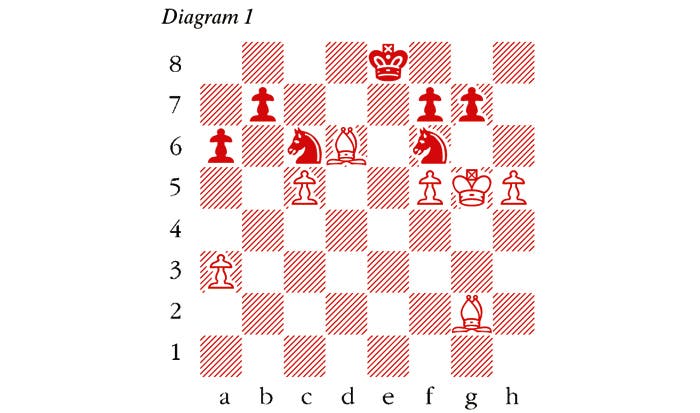
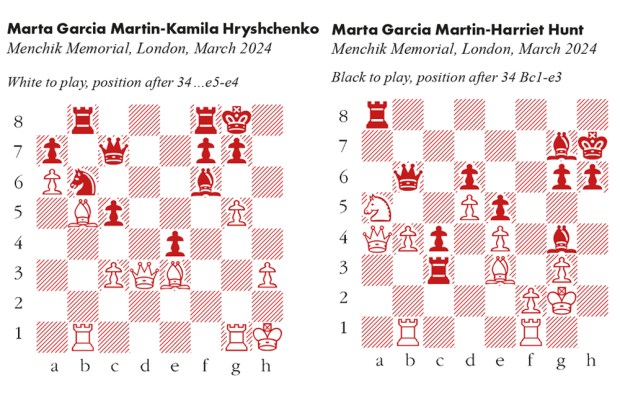

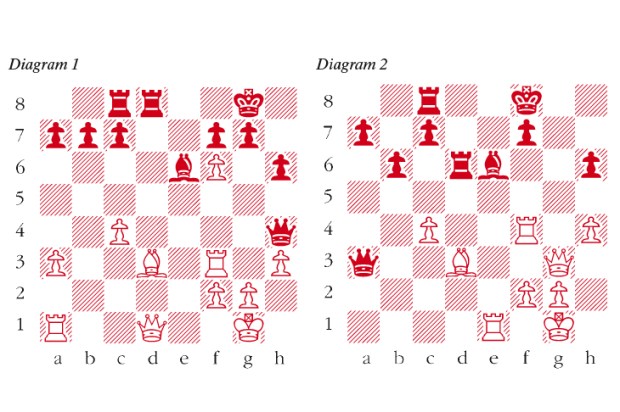
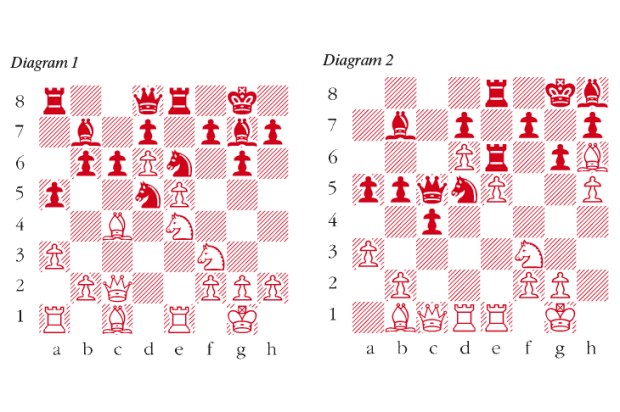
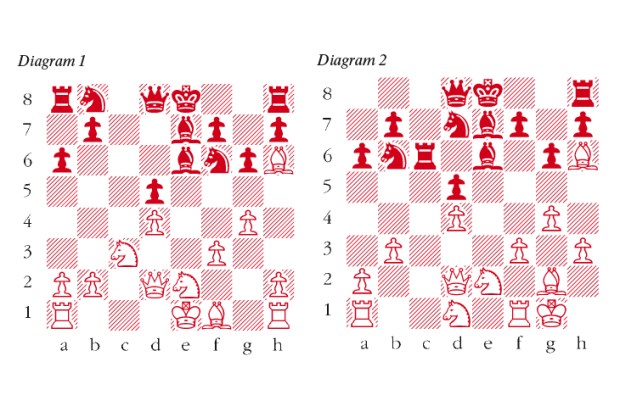
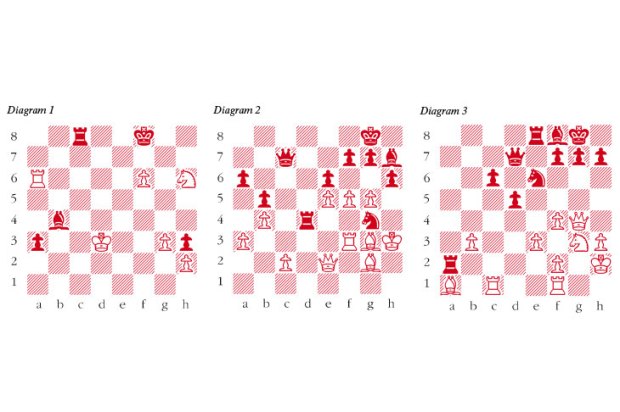






Comments
Don't miss out
Join the conversation with other Spectator Australia readers. Subscribe to leave a comment.
SUBSCRIBEAlready a subscriber? Log in